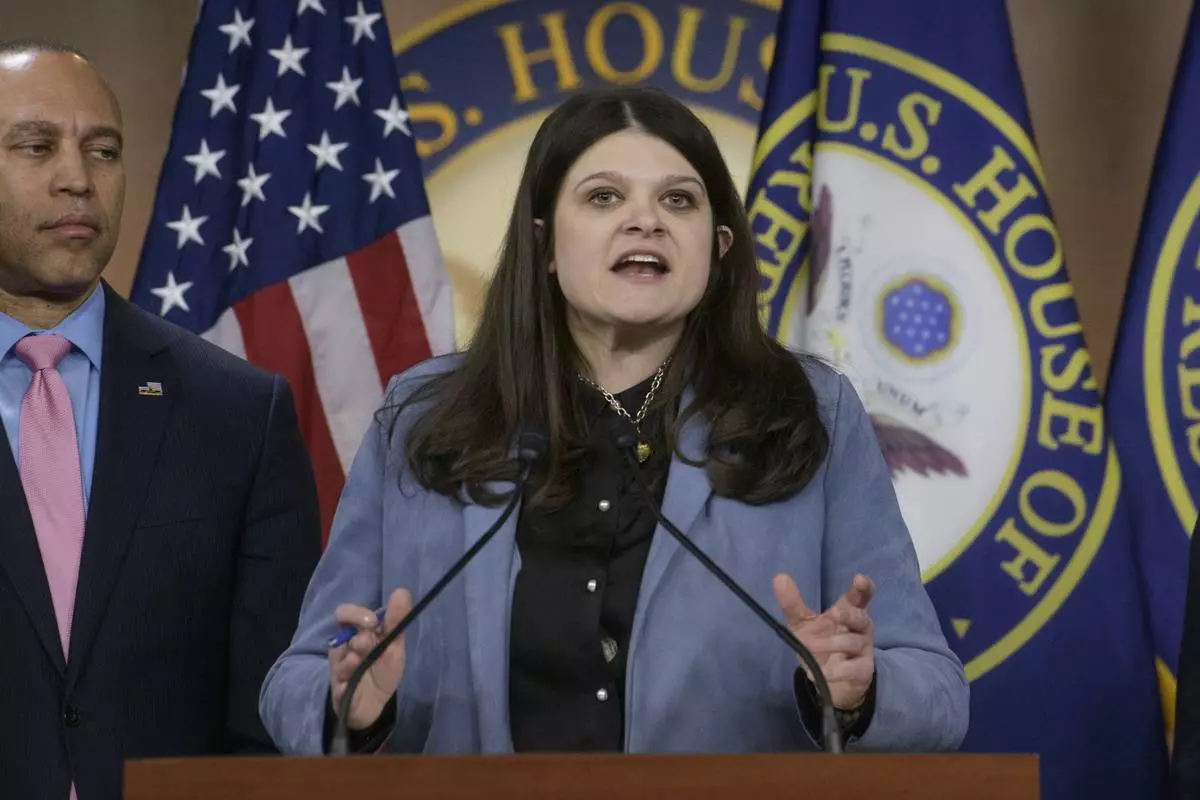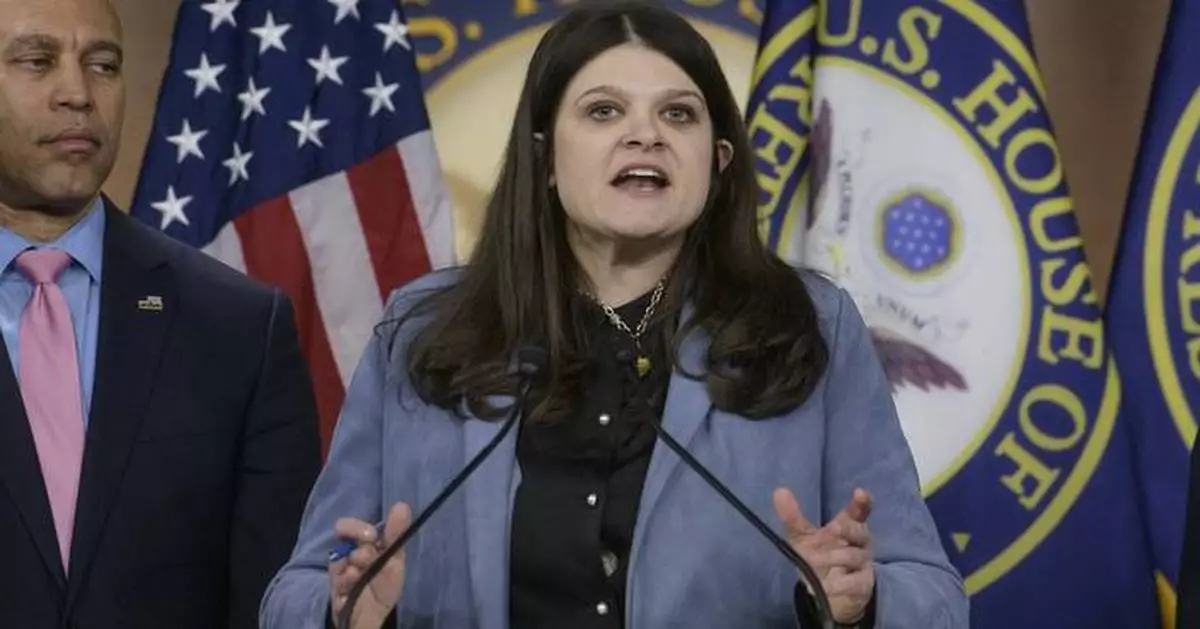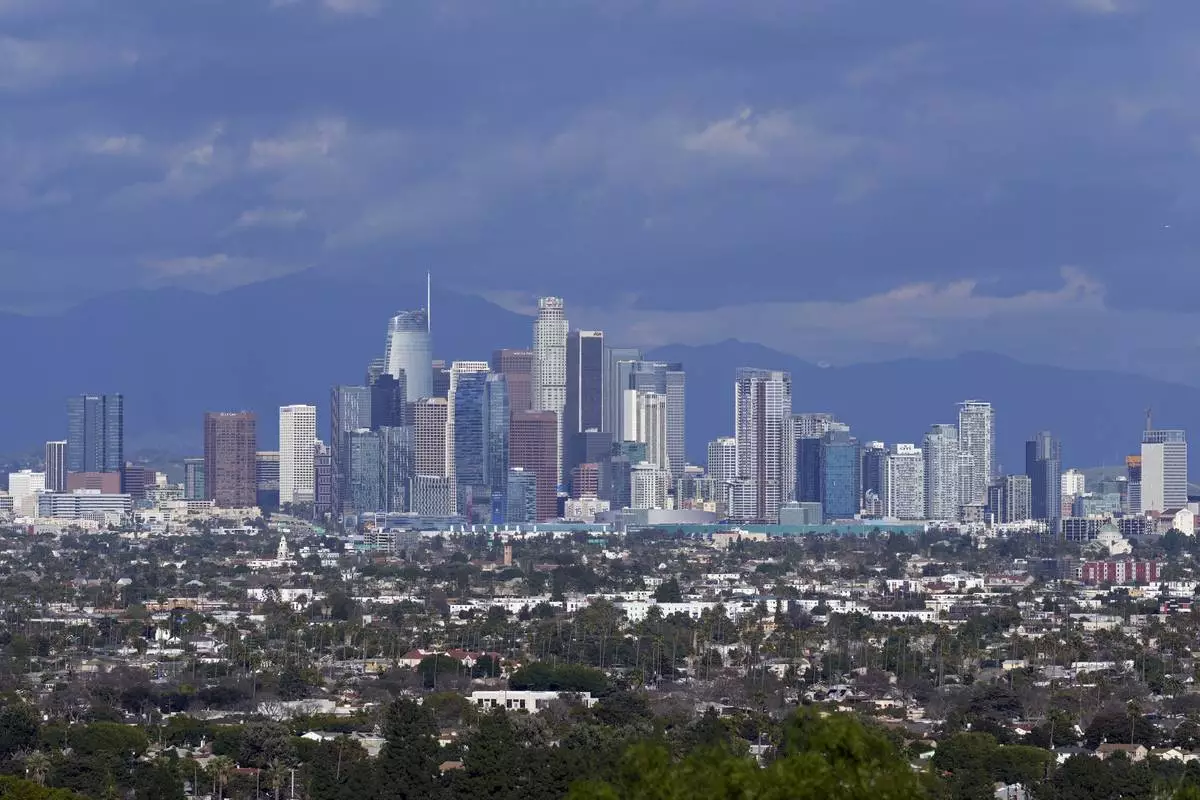LANSING, Mich. (AP) — Fourth-term U.S. Rep. Haley Stevens has launched her run for Michigan’s open U.S. Senate seat on Tuesday with a video focused on the economic crisis caused by President Donald Trump’s volatile tariffs policies.
Walking through a lot full of pickup trucks and SUVs to make the case that she’s the candidate who will protect the state's critical auto industry, she says “His chaos and reckless tariffs are putting tens of thousands of Michigan jobs at risk.”
“We absolutely need to put an end to the chaos agenda,” Stevens said in an interview with The Associated Press.
Stevens, a Democrat, is the fourth well-known candidate to join what is quickly becoming one of the nation’s most-watched Senate races, with the Republicans' 53-47 majority at stake in a battleground state Trump won in November.
Quickly a top possible contender after Democratic Sen. Gary Peters chose not to seek reelection, Stevens will oppose State Sen. Mallory McMorrow and former gubernatorial candidate and public health official Abdul El-Sayed in the Democratic primary.
On the Republican side, former U.S. Rep. Mike Rogers is trying again after losing to Democrat Elissa Slotkin in the state’s 2024 U.S. Senate race by just 19,000 votes.
Stevens will seek to defend her tenure in Congress in the Democratic primary as McMorrow and El-Sayed establish themselves as outsiders. McMorrow is known nationally for her viral moments and El-Sayed has the backing of Sen. Bernie Sanders.
Before Congress, Stevens served on the U.S. Treasury's auto task force following the 2008 financial crisis as President Barack Obama's administration bailed out General Motors and Chrysler. She said Trump's taxes on imports are creating another crisis for the Michigan economy, which rides or stalls based on the auto industry's condition.
“People are very much at a boiling point around the uncertainty of tariffs,” she said.
Stevens has been an ardent voice from Michigan against Trump’s tariffs, particularly those leveraged against Canada. She said they are disruptive to the auto industry and are having a “dizzying” effect on companies of all sizes whose leaders cannot make plans as Trump repeatedly changes positions.
However, Stevens is among the Democrats who have sought to clarify they are not inherently anti-tariff. Democratic Gov. Gretchen Whitmer recently gave a speech in Washington calling for tariffs to be used like a “scalpel.” Shawn Fain, president of the nation’s top autoworker union based in Michigan, endorsed Trump’s auto tariffs as leverage aimed at bringing back domestic manufacturing jobs.
Stevens, who sits on the House Select Committee on the Chinese Communist Party, said she too would support tariffs that are strategically designed to make America competitive with China's manufacturing, but said Trump’s approach is too chaotic to be effective.
“What I do not support are shoot-by-the-hip, erratic tariffs that give us no rules of the road or path to understand how we can succeed,” Stevens said.
Stevens sailed to victory in her last election representing Oakland County, a key voting block in the battleground state. After flipping what had been a reliably Republican seat in 2018 and narrowly defeating her opponent in 2020, she cruised to reelection in 2022 and 2024 after her district was redrawn and became more favorable to Democrats.

FILE - Rep. Haley Stevens, D-Mich., joined by House Minority Leader Hakeem Jeffries, D-N.Y., speaks during a press conference on Capitol Hill, Thursday, Feb. 6, 2025, in Washington. (AP Photo/Rod Lamkey, Jr., File)


















































